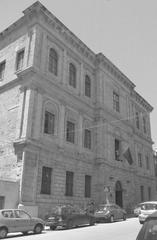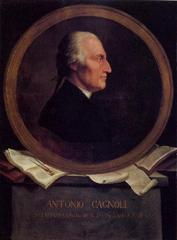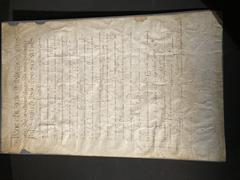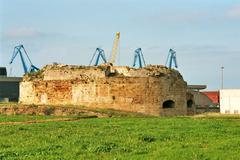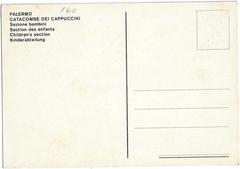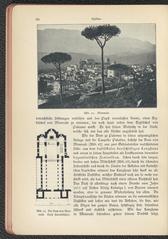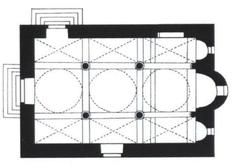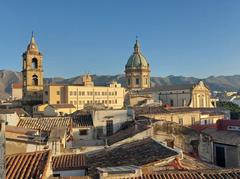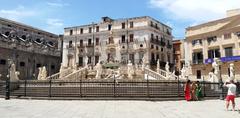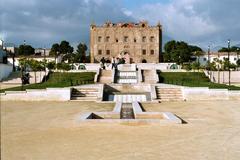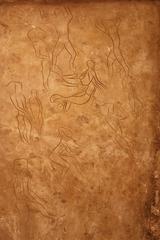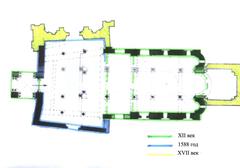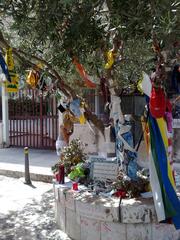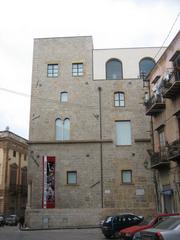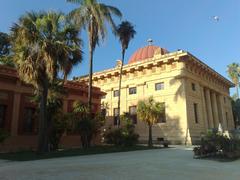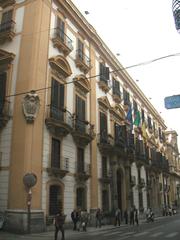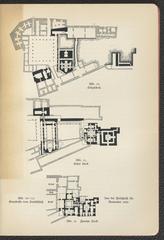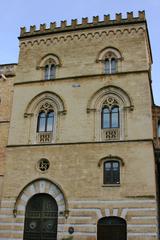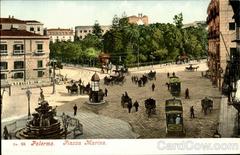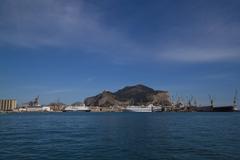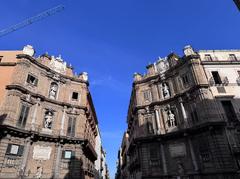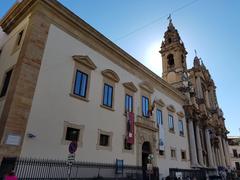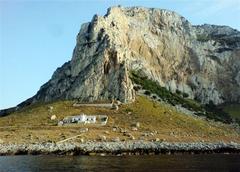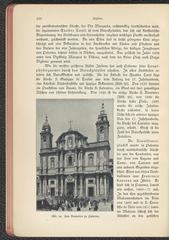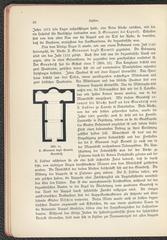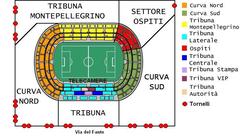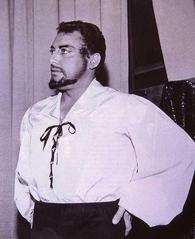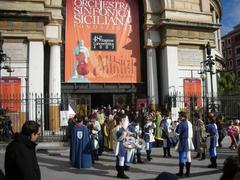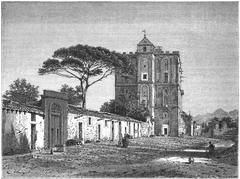Visiting Piazza Garraffello: Hours, Tickets, and Historical Significance
Date: 20/07/2024
Introduction
Piazza Garraffello, located in the historic Vucciria market of Palermo, Italy, is a captivating blend of history and modernity. This square is a must-visit destination for travelers eager to explore the rich cultural fabric of Palermo. Known for its historical significance, architectural splendor, and vibrant market atmosphere, Piazza Garraffello offers a unique glimpse into the city’s past and present. The piazza’s origins can be traced back to the medieval period, and it has since been a focal point of commerce, social life, and cultural activities. Over the centuries, it has witnessed significant transformations, from its Renaissance flourish to the challenges of the 20th century, and its recent revival as a hub for both locals and tourists (Palermo Tourism). The square’s architectural highlights, such as the Fontana del Garraffo and surrounding palazzi, reflect the grandeur of Palermo’s historical narrative (Sicily Art). Today, Piazza Garraffello stands as a testament to Palermo’s resilience and enduring spirit, offering visitors a rich tapestry of experiences that encapsulate the essence of this historic city.
Table of Contents
- [Introduction](#introductionintroduction)
- [Origins and Early Development](#origins-and-early-developmentorigins-and-early-development)
- [Renaissance Flourish](#renaissance-flourishrenaissance-flourish)
- [Decline and Transformation](#decline-and-transformationdecline-and-transformation)
- [Contemporary Revival](#contemporary-revivalcontemporary-revival)
- [Architectural Highlights](#architectural-highlightsarchitectural-highlights)
- [Cultural Significance](#cultural-significancecultural-significance)
- [Visitor Information](#visitor-informationvisitor-information)
- [Travel Tips](#travel-tipstravel-tips)
- [FAQ](#faqfaq)
- [Conclusion](#conclusionconclusion)
- [References](#referencesreferences)
Origins and Early Development
Piazza Garraffello, located in Palermo’s historic Vucciria market, has a rich history dating back to the medieval period. The name “Garraffello” is believed to derive from the Arabic word “gharrafa,” meaning “water jug,” reflecting the area’s historical significance as a hub for water distribution. The piazza’s origins can be traced to the 14th century when it began to emerge as a central marketplace (Palermo Tourism).
Renaissance Flourish
During the Renaissance, Piazza Garraffello became a focal point of commerce and social life in Palermo. The square was surrounded by grand palazzi, including the Palazzo Mazzarino and Palazzo Gravina Filangeri, built by noble families who played significant roles in the city’s political and economic life. The piazza was not only a marketplace but also a venue for public events and gatherings.
One of the most notable features of Piazza Garraffello from this period is the Fontana del Garraffo, a fountain commissioned by the Senate of Palermo in 1591. Designed by the renowned sculptor Vincenzo Gagini, the fountain is adorned with intricate carvings and statues, symbolizing the prosperity and artistic achievements of the era (Sicily Art).
Decline and Transformation
The 20th century brought significant changes to Piazza Garraffello. The area suffered extensive damage during World War II bombings, leading to the destruction of many historic buildings. Post-war reconstruction efforts were slow, and the piazza gradually fell into a state of neglect. The once-thriving marketplace saw a decline in activity, and many of the surrounding buildings were abandoned or repurposed.
Despite these challenges, Piazza Garraffello retained its cultural significance. The Vucciria market continued to operate, albeit on a smaller scale, and the piazza remained a symbol of Palermo’s resilience and enduring spirit. Efforts to revitalize the area began in the late 20th century, with initiatives aimed at preserving its historical heritage and promoting tourism (Palermo Historical Society).
Contemporary Revival
In recent years, Piazza Garraffello has experienced a renaissance of its own. The piazza has become a popular destination for both locals and tourists, drawn by its vibrant atmosphere and historical charm. The Vucciria market has seen a resurgence, with stalls offering a variety of goods, from fresh produce to artisanal crafts. The area has also become a hub for street art, with murals and installations adding a contemporary touch to the historic setting.
One of the key drivers of this revival has been the involvement of local artists and community organizations. Initiatives such as the “Vucciria Project” have focused on restoring and repurposing abandoned buildings, creating spaces for cultural events, exhibitions, and workshops. These efforts have not only revitalized the piazza but also fostered a sense of community and pride among residents (Vucciria Project).
Architectural Highlights
Piazza Garraffello is home to several architectural landmarks that reflect its rich history. The aforementioned Fontana del Garraffo remains a central feature, its intricate design and historical significance drawing visitors from around the world. The surrounding palazzi, though many are in varying states of preservation, offer a glimpse into the grandeur of Palermo’s past.
The Palazzo Gravina Filangeri, for example, is a testament to the architectural and artistic achievements of the Renaissance. Though partially damaged, its façade still showcases ornate balconies and decorative elements that speak to the craftsmanship of the period. Efforts are ongoing to restore and preserve these buildings, ensuring that future generations can appreciate their historical and cultural value (Palermo Heritage).
Cultural Significance
Piazza Garraffello holds a special place in the cultural fabric of Palermo. It is a space where history and modernity intersect, where the past is honored and the future is embraced. The piazza’s role as a marketplace, a social hub, and a cultural venue has made it a microcosm of Palermo’s diverse and dynamic identity.
The Vucciria market, with its lively atmosphere and eclectic mix of vendors, continues to be a focal point of daily life in the piazza. The market is not just a place to buy goods but a space for social interaction, where locals and visitors alike can experience the vibrant culture of Palermo. The market’s resilience and adaptability are a testament to the enduring spirit of the community (Vucciria Market).
Visitor Information
Visiting Hours: Piazza Garraffello is accessible 24/7, but the best time to visit is during the morning or early afternoon when the market is in full swing and the piazza is bustling with activity.
Tickets: There is no entrance fee to visit Piazza Garraffello or the Vucciria market. However, some nearby attractions may have admission fees.
Guided Tours: Consider booking a guided tour to gain deeper insights into the history and significance of Piazza Garraffello and its surrounding landmarks.
Accessibility: The piazza and market are generally accessible, but some areas may be uneven or crowded, so comfortable footwear is recommended.
Travel Tips
- Explore Nearby Attractions: Take the time to explore the surrounding streets and alleys, where you can discover hidden gems such as local eateries, artisan shops, and historical landmarks.
- Engage with Locals: Engage with the local community by chatting with market vendors, attending cultural events, or participating in workshops. This enriches the visitor experience and supports ongoing preservation efforts.
- Photography: Piazza Garraffello offers numerous photogenic spots, including the Fontana del Garraffo and the surrounding palazzi. Capture the blend of historical architecture and vibrant street art.
FAQ
What are the visiting hours for Piazza Garraffello?
- Piazza Garraffello is accessible 24/7, but the best time to visit is during the morning or early afternoon.
How much are tickets for Piazza Garraffello?
- There is no entrance fee to visit Piazza Garraffello or the Vucciria market.
Are guided tours available?
- Yes, guided tours are available and recommended for a deeper understanding of the area’s history and significance.
Is Piazza Garraffello accessible?
- The piazza and market are generally accessible, though some areas may be uneven or crowded.
Conclusion
Piazza Garraffello is more than just a historical site; it is a living testament to Palermo’s rich and diverse heritage. From its Renaissance fountain to its bustling market, the square offers a unique blend of the old and the new. Whether you are a history enthusiast, a foodie, or simply looking to experience the local culture, Piazza Garraffello is a must-visit destination in Palermo. The ongoing preservation efforts and community initiatives ensure that Piazza Garraffello remains a vibrant and integral part of the city’s cultural landscape. For more information and updates, consider following local initiatives like the Vucciria Project and visiting related resources such as the Palermo Historical Society. Your visit to Piazza Garraffello will undoubtedly be a highlight of your Palermo experience, offering a unique blend of history, culture, and modernity.
References
- Palermo Tourism. (n.d.). Retrieved from https://www.palermotourism.com
- Sicily Art. (n.d.). Retrieved from https://www.sicilyart.com
- Palermo Historical Society. (n.d.). Retrieved from https://www.palermohistoricalsociety.org
- Vucciria Project. (n.d.). Retrieved from https://www.vucciriaproject.org
